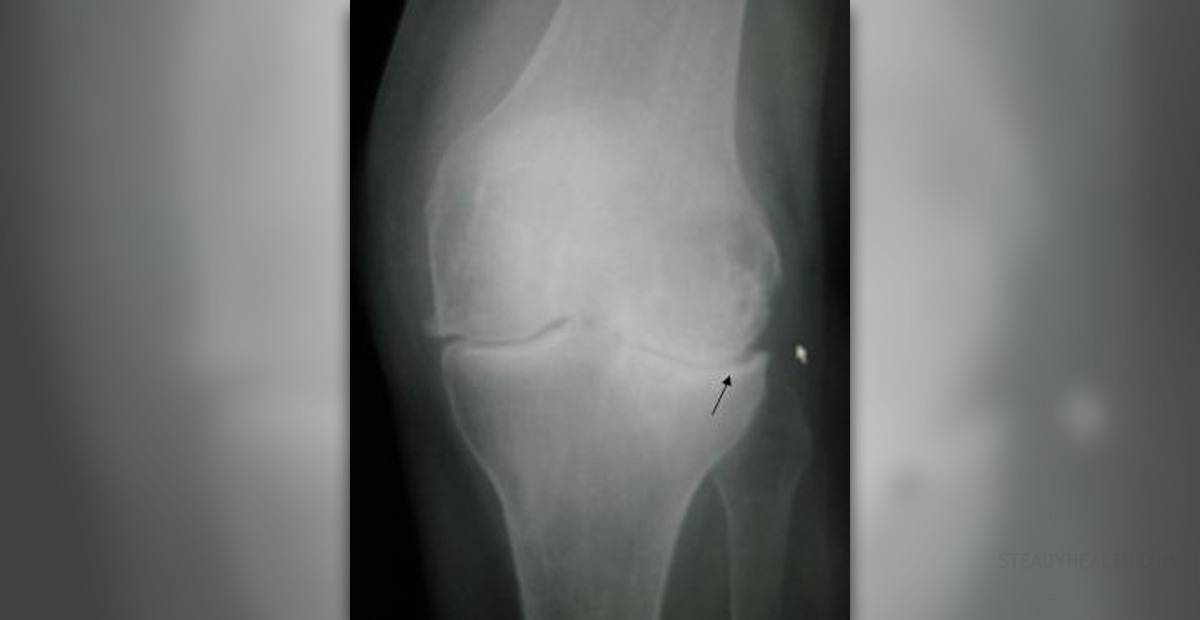
What Is Osteoarthritis?Osteoarthritis is a disease marked by breakdown of the cartilage of joints. It is the most common type of arthritis and is also known as degenerative arthritis. Osteoarthritis can occur in any joint but large weight-bearing joints such as spine, hips and knees are most commonly affected. Neck, thumbs, fingers and big toes can be affected too.
Cartilage is elastic, porous and firm tissue found at the surface of joints. Cartilage has a role of a shock absorber, it sustains loading of a joint and allows motion as it reduces the friction between the joints and the bones. However, development of osteoarthritis leads to wear down of cartilage. It loses its elasticity, becomes thin and stiff and its role of protective cushion between the joints gradually diminishes. Pain in the affected joint is caused by stretching of the ligaments and tendons due to wear and tear of cartilage. Finally, complete loss of cartilage causes the bones to rub against each other. Osteoarthritis is also known as wear and tear arthritis.
Causes of Osteoarthritis
In the United States, over 20 million people suffer from osteoarthritis. It is not clear what exactly causes osteoarthritis, but it is believed that the aging process and repetitive use of the joints are the leading causes of this joint disease. Degenerative arthritis is often seen in people aged over 60. In fact, it has been estimated that around 70% of people above the age of 70 suffer from osteoarthritis. However, the disease can affect young adults as well.
Women are generally more susceptible to osteoarthritis. Main risk factors for degenerative arthritis include obesity, family history of the disease, repeated trauma to the joints, joint abnormalities and muscle weakness. Imbalance in the chemicals released by the cartilage can also lead to cartilage deterioration.
Symptoms of OsteoarthritisSymptoms of osteoarthritis can vary greatly from person to person. However, common symptoms are stiffness and pain in the affected joints. These symptoms typically occur after long periods of inactivity such as sleeping or sitting. The symptoms gradually develop and worsen over time hence the pain is initially felt as a dull joint ache. More severe symptoms of osteoarthritis include tenderness and swelling as well as grating sensation and crunching sound when moving. As osteoarthritis progresses, the affected joints can become deformed.
Intensity of the pain often depends on the weather and high humidity can cause increase in pain. Another characteristic of degenerative arthritis is worsening of the pain at the end of the day. Bone spurs are also symptoms of osteoarthritis and they represent extra bony tissue at the edge of the joints.
Treatment for Osteoarthritis
Osteoarthritis can not be cured, but the symptoms can be managed. Treatment for osteoarthritis aims to improve function of the joints and relieve the pain and inflammation. Treatment for osteoarthritis includes medications, physical therapy and surgery.
Over-the-counter pain relievers such as acetaminophen and Aspirin can be sufficient if the pain is mild. Otherwise, prescription pain killing drugs like tramadol or nefopam are required. Corticosteroid injections can be given directly into the affected joints if the disease causes great pain.
Physical therapy involves exercises that help to improve the stiffness, reduce the pain and increase range of motion in the affected joints. Surgical treatment is an option when other treatments can not help.


-Symptoms,-Diagnosis,-Treatment_f_280x120.jpg)

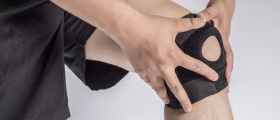





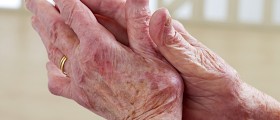
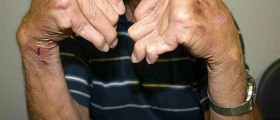


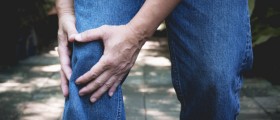

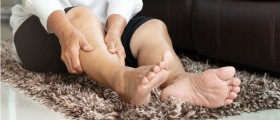
Your thoughts on this
Loading...